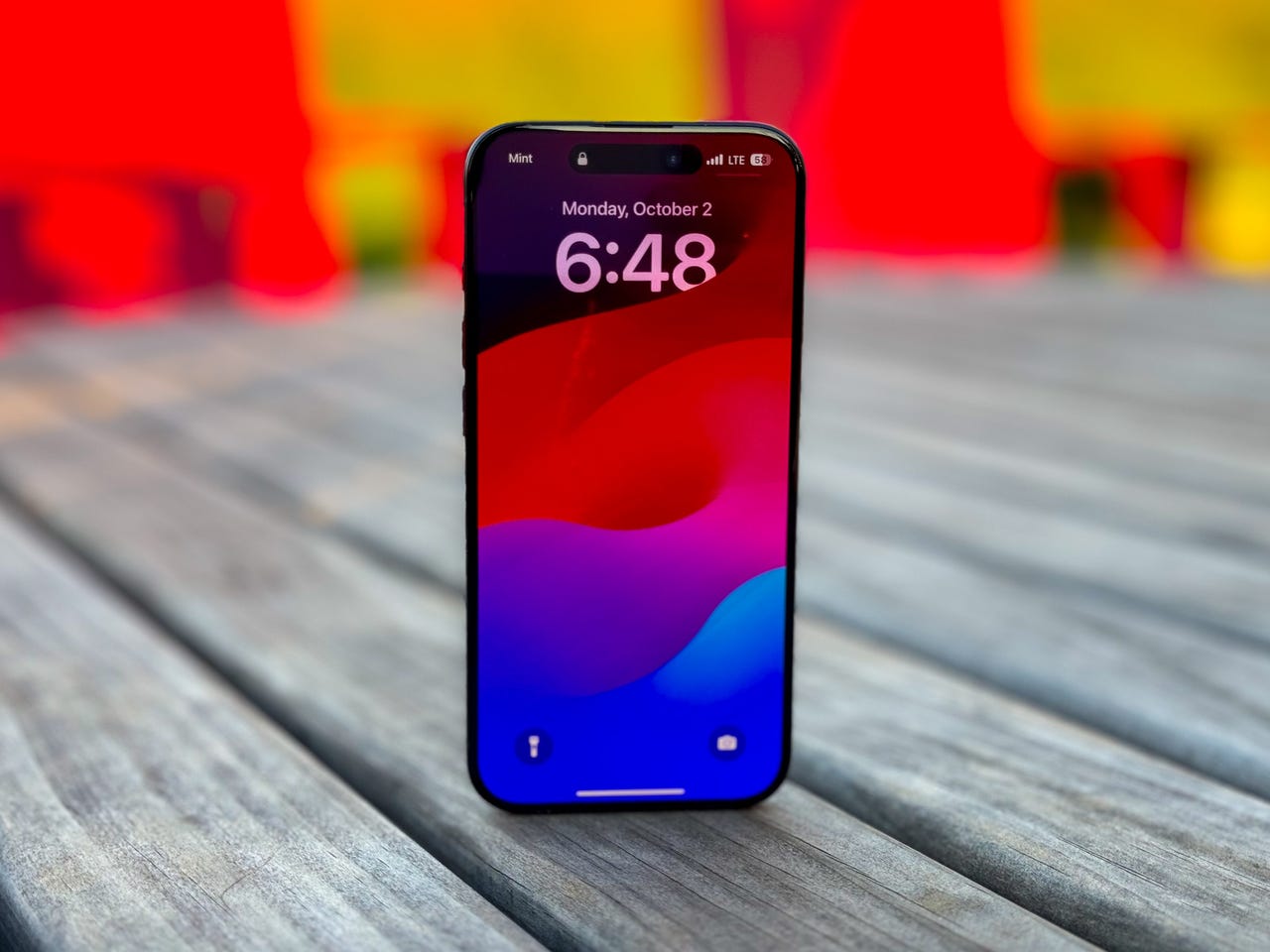'ZDNET Recommends': What exactly does it mean?
ZDNET's recommendations are based on many hours of testing, research, and comparison shopping. We gather data from the best available sources, including vendor and retailer listings as well as other relevant and independent reviews sites. And we pore over customer reviews to find out what matters to real people who already own and use the products and services we’re assessing.
When you click through from our site to a retailer and buy a product or service, we may earn affiliate commissions. This helps support our work, but does not affect what we cover or how, and it does not affect the price you pay. Neither ZDNET nor the author are compensated for these independent reviews. Indeed, we follow strict guidelines that ensure our editorial content is never influenced by advertisers.
ZDNET's editorial team writes on behalf of you, our reader. Our goal is to deliver the most accurate information and the most knowledgeable advice possible in order to help you make smarter buying decisions on tech gear and a wide array of products and services. Our editors thoroughly review and fact-check every article to ensure that our content meets the highest standards. If we have made an error or published misleading information, we will correct or clarify the article. If you see inaccuracies in our content, please report the mistake via this form.
iPhone 15 Pro overheating: Thermal photos before and after iOS 17.0.3

Apple iPhone 15 Pro (taken with the iPhone 15 Pro Max in portrait mode at 24mm)
Apple rolled out its iOS 17.0.3 update on Wednesday with a release note that it "addresses an issue that may cause iPhone to run warmer than expected." ZDNET has tested this update and using a thermal camera has concluded that it has indeed resulted in the iPhone 15 Pro and Pro Max running cooler when fast-charging.
As widely reported since the arrival of iPhone 15 Pro on September 22, the iPhone 15 Pro and iPhone 15 Pro Max could get very warm when fast-charging or when using third-party apps such as Instagram, Uber, or Asphalt 9 that appeared to exacerbate a flaw in the iOS 17 software. Apple insisted that the overheating issue was related to a software bug and was not related to the new hardware or design in the iPhone 15 Pro models, which introduced a new titanium frame with an aluminum substructure to replace the stainless steel frame from the past several pro models. Since iOS 17.0.3 was released, new reports have surfaced of other overheating issues not related to fast-charging.
Review: iPhone 15 Pro: Coming from iPhone 12 Pro or earlier? This upgrade will wow you
In my testing with the iPhone 15 Pro and Pro Max, I experienced two overheating issues. The first and most major one was the iPhone 15 Pro Max getting very hot to the touch when fast-charging it with Apple's USB-C cable connected to a 35W charging brick. I was able to replicate this experience in another location using the same cable and charger. I used a thermal camera to measure the heat and found that the iPhone 15 Pro Max got as hot as 107.1 degrees Fahrenheit.
This was much hotter than other iPhone and Android phones, which typically maxed out at 85 to 95 degrees when fast-charging in my tests. The hottest any other phone got when testing in the same conditions was the Samsung Galaxy Fold 5, which got up to 98.7 degrees Fahrenheit.
The other overheating issue that I noted in my iPhone 15 Pro review appeared when jumping between the third-party camera app Halide and Apple's stock camera app while I was shooting a lot of photos outside on an 82-degree day. When I would swap back to the Apple camera app, it would very briefly display a message saying "iPhone needs to cool down" for 1-2 seconds before I could start using it again. Halide has also issued an update to its app that appears to have resolved that issue.
Also: The best USB-C cables for the iPhone 15 in 2023: What the experts recommend
I downloaded the iOS 17.0.3 update and allowed my iPhone 15 Pro and iPhone 15 Pro Max testing units to drain their power and then plugged them in for fast-charging using the same parameters and the same equipment in the same location as my earlier tests. This time they never got more than slightly warm to the touch, and they didn't get above 93.8 degrees Fahrenheit. They stayed between the high 80s and low 90s -- a big improvement from before iOS 17.0.3 when the two iPhone 15 Pro models were consistently above 100 degrees Fahrenheit when fast-charging with the 35W charger.
Here are my before and after iOS 17.0.3 thermal images of the warmest the iPhone 15 Pro and Pro Max got in my tests.
Warmest test before iOS 17.0.3
Before iOS 17.0.3, the iPhone 15 Pro and Pro Max would regularly get over 100 degrees Fahrenheit when fast-charging.
Warmest test after iOS 17.0.3
After the iOS 17.0.3 update, the iPhone 15 Pro and Pro Max max out at about 85-95 degrees Fahrenheit when fast-charging.
Performance
One last note that Apple does not appear to have reduced performance in order to better control the heat of the iPhone 15 Pro models. I haven't noticed any differences in the speed or responsiveness of either phone. Apple Insider also ran benchmarks on the iPhone 15 Pro and Pro Max after updating to iOS 17.0.3 and detected "little or no variance" with the pre-update benchmarks of both phones.
